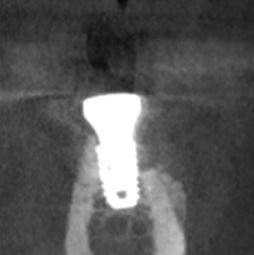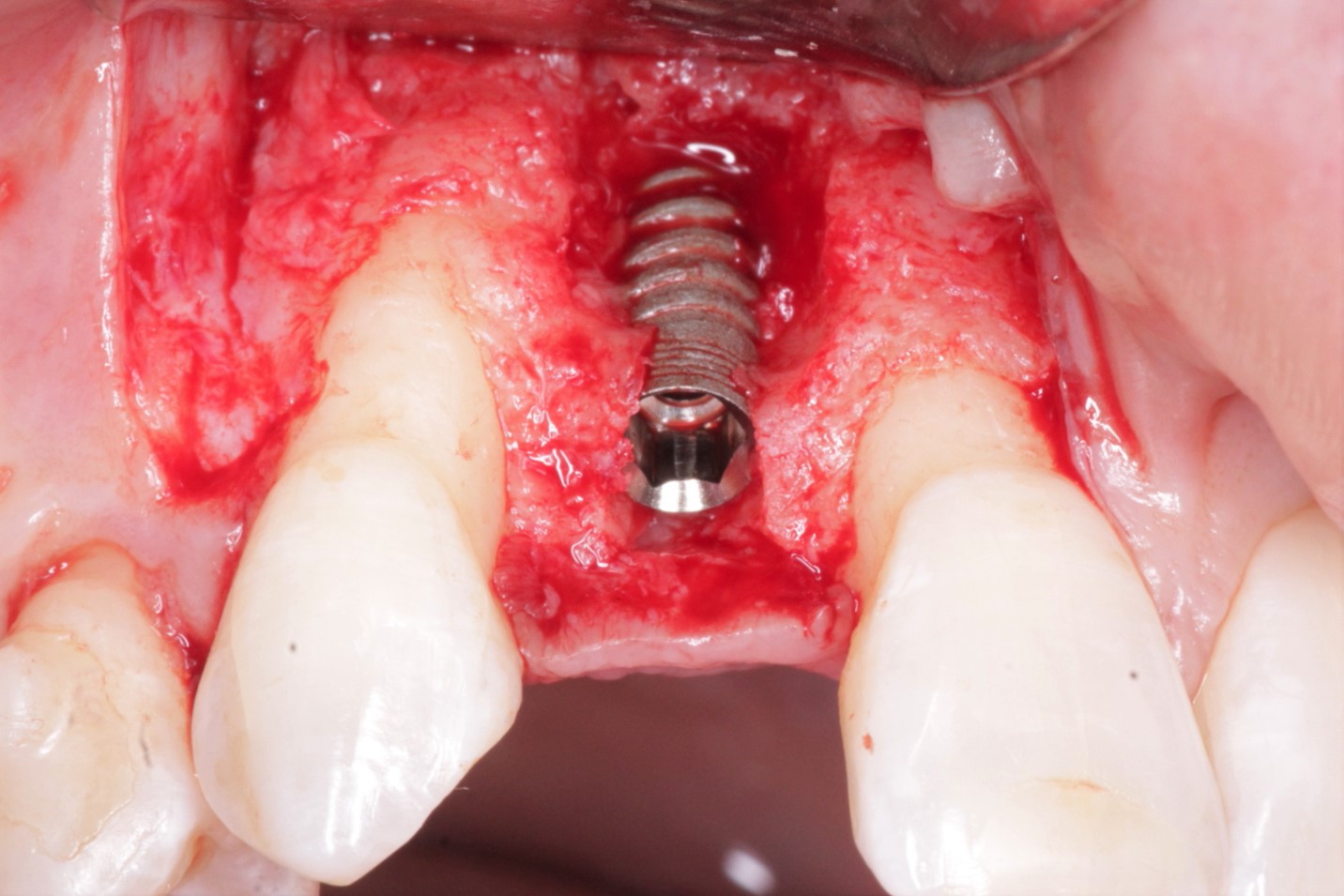First implant case: Does size matter?
This is my first experience placing an implant since I graduated 6 months ago from dental school. I extracted the mandibular left first molar 3 months prior and the site has healed. I placed a 4.6x9mm implant, instead of a 5.8×10.5mm implant, because I was concerned about hitting the inferior alveolar nerve and destroying the buccal wall. But, now I think I place too small of an implant? I am wondering if this implant will suffice or if I should explant it and replace it with a 5.8×10.5mm implant? I am also wondering about the impacted mandibular left third molar, casuing a problem for the implant later? Right now the implant is immobile and the tissue has healed well and there is no pain. Do you think this will cause problems in the future and should I extract it now and should I have extracted it before I placed the implant? Just hope it all works out for my first case.


















